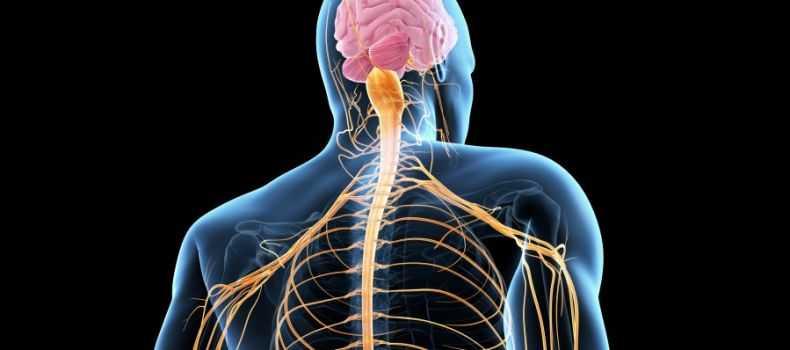The Autonomic Nervous System
The autonomic nervous system regulates transitions between wakefulness, sleep, and other states. It includes sympathetic (alertness) and parasympathetic (calmness) divisions. Over 24 hours, it fluctuates between more alert and focused and more calm and unfocused. Understanding and controlling this seesaw is key to neuroplasticity and optimizing one's nervous system.
34
408 reads
CURATED FROM
IDEAS CURATED BY
I share the best ideas from books, podcasts, and daily discoveries. Join me in learning something new every day.
The podcast provides an overview of the human nervous system, how it governs our experiences and behaviors, and how we can rewire it through neuroplasticity. The discussion covers neurons, synapses, neuromodulators, the autonomic nervous system, ultradian rhythms, and the role of sleep and focus in facilitating change.
“
Similar ideas to The Autonomic Nervous System
The Autonomic Nervous System
The autonomic system controls aspects of the body that are usually not under voluntary control. The autonomic system is divided into two branches:
- Parasympathetic system: It helps maintain normal body functions and conserve physical resources. Once a threat is over, ...
Panic And The Autonomic Nervous System (ANS)
The Autonomic Nervous System (ANS) region of the brain is activated during a panic attack, and two opposing components get to work as needed:
- The Sympathetic Nervous System: Releases adrenaline and other hormones to help with the ‘fight or flight’ re...
The nervous system
- It is a complex collection of nerves and specialized cells known as neurons that transmit signals between different parts of the body. It is essentially the body's electrical wiring.
- Structurally, the nervous system has two components: the central nervous sys...
Read & Learn
20x Faster
without
deepstash
with
deepstash
with
deepstash
Personalized microlearning
—
100+ Learning Journeys
—
Access to 200,000+ ideas
—
Access to the mobile app
—
Unlimited idea saving
—
—
Unlimited history
—
—
Unlimited listening to ideas
—
—
Downloading & offline access
—
—
Supercharge your mind with one idea per day
Enter your email and spend 1 minute every day to learn something new.
I agree to receive email updates
